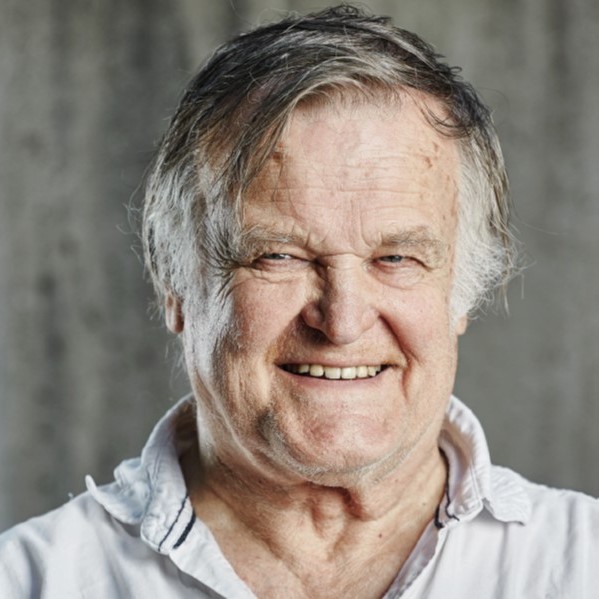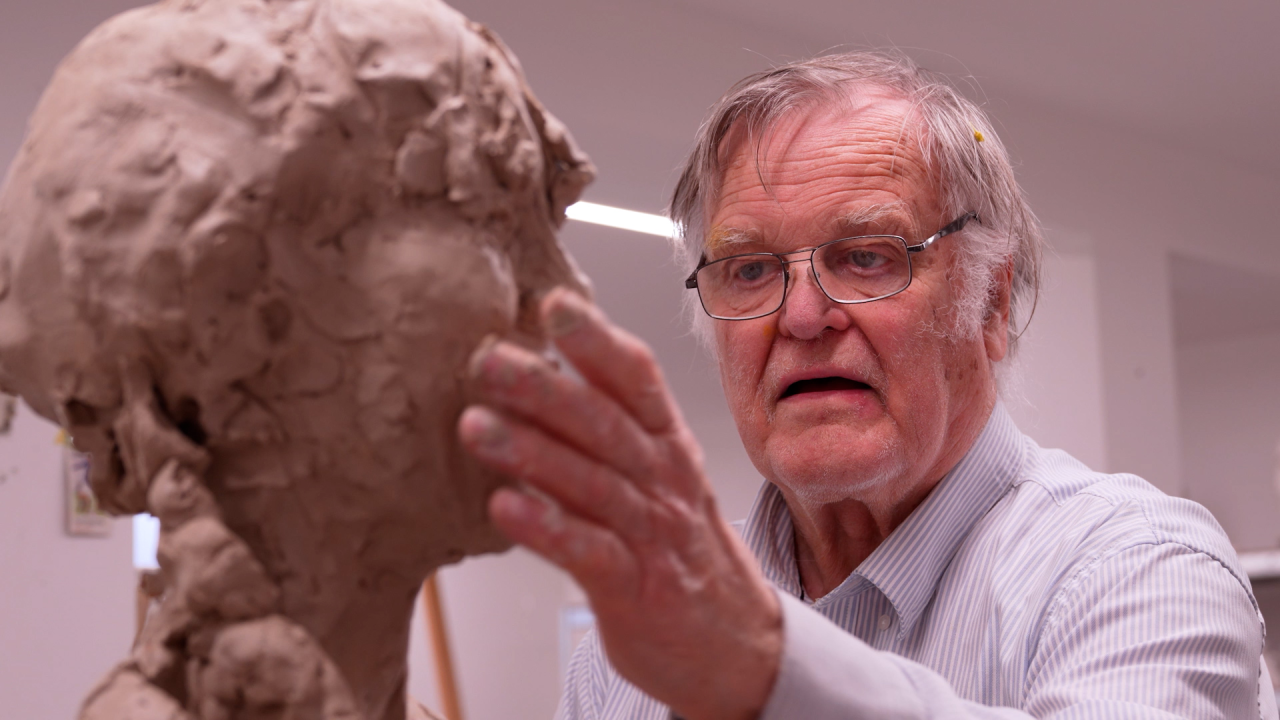
Tore Bjørn Skjølsvik
Artist and sculptor Tore Bjørn Skjølsvik was educated at the Norwegian Arts and Crafts School, the Central School of Arts and Crafts London and the National Academy of Arts. In 1962, he made his debut at the Autumn Exhibition in Oslo, where he has participated 12 times. He works in the classical tradition, with inspiration from European artists such as Edgar Degas, Édouard Manet and Auguste Rodin.
Tore’s sculptures portraying working life, sports and history have become landmarks in Norway. The best known are Klippfiskkjerringa (1992) on the pier in Kristiansund, Mining Worker (1999) in Longyearbyen on Svalbard, Seamen's Family (2000) in Kilsund by Arendal, Emigrant Memorial in Kvinesdal (2002) and John Arne Riise (2005) at Color Line Stadium in Ålesund.
Other key works include the marble sculpture Virgin Mary and the Infant Jesus (1989) in Trondheim, Monument to the Jews Murdered at Auschwitz (2003) at Rosenlunden in Kristiansund and Father of the Street Children (2007) outside Oslo Central Station.
Tore’s horse sculptures are especially noteworthy. These include Rex Rodney (1998), portrayed at full gallop at the Forus racecourse in Stavanger, and Vesleblakken (1980), portrayed at a trot in the courtyard of the Øvre Rendalen folk museum. The latter sculpture has become a symbol: the Vesleblakken prize is awarded annually to someone who has made a significant contribution to improving the lives of others.

